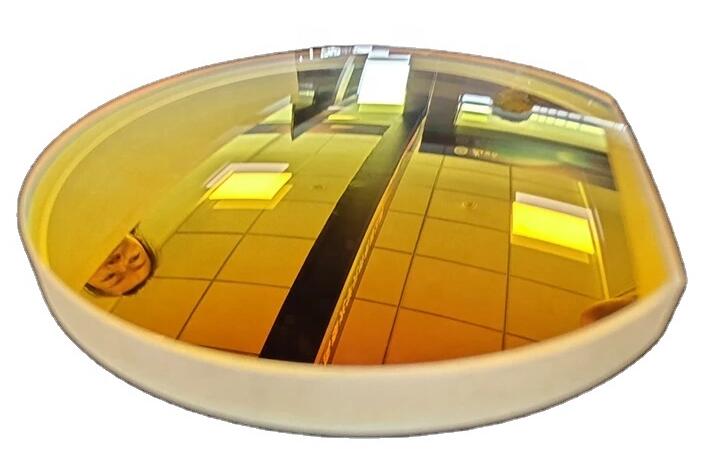ISO9001 Certified Professional Manufacturer & Supplier of Optics
+86-0431-87911611 admin@ytoptics.com
Contact us
-
 Email: admin@ytoptics.com
Email: admin@ytoptics.com
-
 Tel:86-0431-87911611
Tel:86-0431-87911611
-
 Add: 2# Automotive Innovation
Add: 2# Automotive Innovation
Jilin Province, China
AR coating & IR coating
AR Coating (transmittance enhancement Coating) --- first of all, all the lenses will be reflective, in the visible light there are "red, green, blue" three colours, wavelengths are not the same, when the thickness of the Coating layer must be, can only allow one of them to pass, usually green light into the first time, then at this time, we will see the reflective colour is blue-violet, because the green light has been all through! In order to reduce the loss of other light reflection, as far as possible, we hope that the light are through, then we need to coat a layer of permeability enhancement Coating on the surface of the lens; IR Coating (infrared cut-off Coating) --- our human glasses can only see the wavelength in the visible light in the range of 380-700nm, in order to make the imaging effect of optical components (CCD, CMOS) is close to the visual effect of the human eyeglasses In order to make the imaging effect of optical components (CCD, CMOS) close to the visual effect of human glasses, we need to achieve a high transmittance in the visible range, but high through the same time, due to the CCD and CMOS on infrared light and ultraviolet light is quite sensitive (wavelength of 700-1100nm), they will cause interference in the imaging to make the image distortion, in order to avoid infrared interference, we must intercept the wavelengths of this interval of the light, to retain the visible light of the range of 380-700nm completely through the lens, so it is the need for So it is necessary to coat the lenses with alternating layers of different refractive indices to achieve this effect


PREV : Optical Lens Inspection Methods NEXT : Basics of Optical Spherical Lens Processing

TALK TO US 86-0431-87911611
86-0431-87911611
Call us now!
 86-0431-87911611
86-0431-87911611Call us now!
ONLINE CHAT
 2433808388
2433808388

